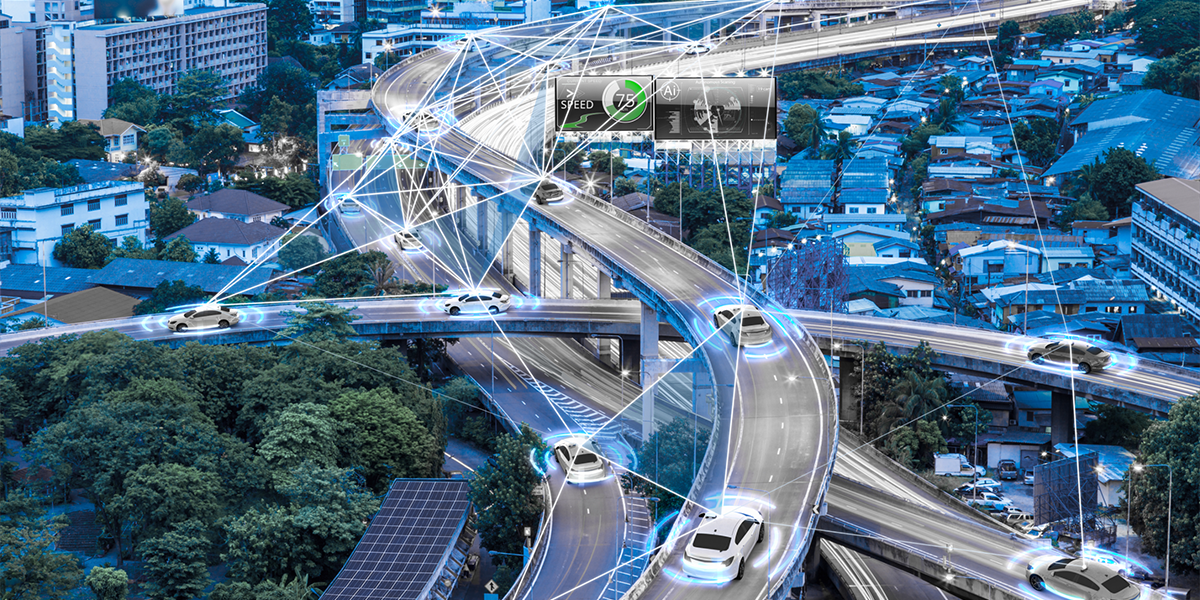Modernizing the automotive industry: Creating a seamless customer experience

The automotive sector generates vast amounts of data; and the amount of this data will only continue to increase as autonomous and connected vehicles collect real-time data on customer habits and preferences. Turning this data into relevant insights depends on a company’s approach to innovation.
Compared to a phone application, a connected vehicle software malfunction can have dangerous safety consequences while driving. Therefore, automotive production and innovation cycles must become interconnected and pass many quality assurance checkpoints before they can be sold. But as customers grow accustomed to rapidly evolving digital technologies and the market continues to evolve, automakers and OEMs have to shorten these cycles without compromising safety and security.
Digital twins, a virtual analog of a physical car’s software and mechanical and electric components that can carry real-time inspection data, maintenance history, warranty data, and defects, are one of the many emerging technologies that can help bridge this gap, Uvarova says.
Driving continuous improvement in products and services means working methodologies must also complement the technology used to innovate modern software-defined vehicles. Uvarova notes that the agile working methodology — which manages projects through iterative phases that involve cross-departmental collaboration and a continuous improvement feedback loop — would align with modern innovation practices and serve OEMs well.
“In order to ensure that we support innovation and bring state-of-the-art, latest generation software defined vehicle to market,” says Uvarova, “a lot of departments have to work together, and they have to work together very quickly, actually, in an agile manner.”
What is often missing from traditional OEMs is collaboration between departments as many processes continue to work from the top-down and are confined to silos.
“A lot of great innovations, they are born from cross-pollination, from collaboration, from synergies between very different departments of the same company, also sometimes from partnerships,” says Uvarova.
Data silos, where insular processes and data streams can’t be easily shared between departments and operation phases, often cause inefficiencies and duplication of work. Historically, Sayer says, many industries, including auto, have excelled working in these silos. But working with agility, creating connected products, and getting the most out of the data it produces requires collaboration and data sharing.




